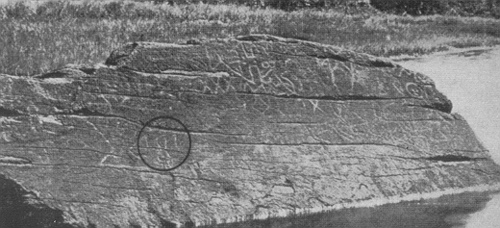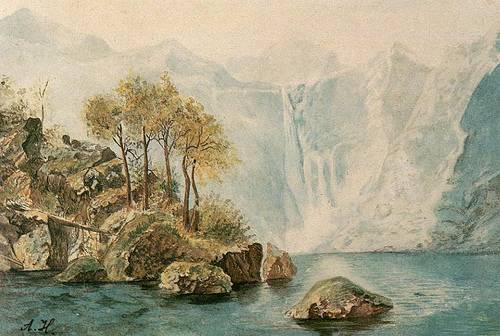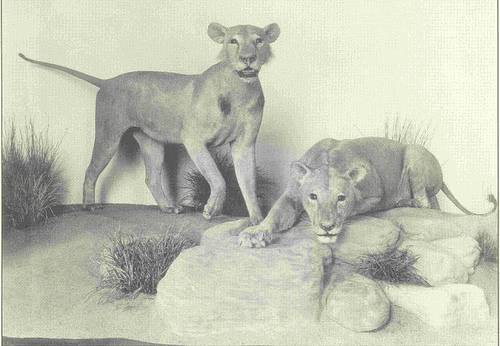Bulletproof vests go back to the 19th century, when a special silk vest could stop a round from a handgun.
Archduke Ferdinand was actually wearing one on June 28, 1914 — but Gavrilo Princip shot him in the neck and started World War I.
Bulletproof vests go back to the 19th century, when a special silk vest could stop a round from a handgun.
Archduke Ferdinand was actually wearing one on June 28, 1914 — but Gavrilo Princip shot him in the neck and started World War I.

In May 1502, Portuguese explorer Miguel Corte-Real set out to find his brother Gaspar, who had disappeared somewhere near Newfoundland the previous year. Miguel also disappeared, and was assumed to have died in a storm …
… but no one has explained the inscriptions on Dighton Rock, a 40-ton boulder in the Taunton River in Massachusetts. It was customary for Portuguese explorers to inscribe their nation’s coat of arms as a land claim during the Age of Discovery, so some scholars believe that Miguel reached the New World and survived long enough to stake an early claim in Massachusetts. No other trace of him exists.
In July 1920, two railroad workers found a life jacket on the shore of the Delaware River in Philadelphia.
It bore the name LUSITANIA.
The Gilded Age certainly saw some high-stakes wagers. Twelve years before Harry Bensley settled one bet by pushing a pram around the world, Annie “Londonderry” Kopchovsky settled another by circling the earth on a bicycle.
Annie’s task, proposed by two wealthy Boston clubmen, was to ride around the world in 15 months, earning $5,000 en route. She saw it as a challenge to make her way in a man’s world, and in 1895 the doughty 23-year-old, who had never ridden a bicycle before, pedaled out of Boston, leaving behind a husband and three children.
She brought only a change of clothes and a pearl-handled revolver, but she steadily earned money by carrying advertising banners and ribbons through cities around the world, starting with the Londonderry Lithia Spring Water Company, which paid her to carry its placard on her bike and to adopt her nickname.
That spirit carried her through. On returning home, the victorious Annie wrote a series of sensational features for the New York World, beginning with her cycling adventure. “I am a journalist and ‘a new woman,'” she wrote, “if that term means that I believe I can do anything that any man can do.”
The Chevalier d’Eon (1728-1810) lived the first half of his life as a man and the second as a woman. Until age 49 d’Eon served as a diplomat and soldier in Louis XV’s France, fighting in the Seven Years’ War and spying in London for the king.
But in 1771 he claimed he was physically a woman and asked to be recognized as such. The government agreed, even financing a new wardrobe, and the chevalier spent his remaining 33 years as a woman, participating in fencing tournaments and even offering to lead a division of women soldiers against the Habsburgs.
Doctors who examined him after death discovered that his body was anatomically male.
Idaho means nothing. When Congress was casting about for a name for a new western territory, an eccentric lobbyist named George M. Willing suggested “Idaho,” which he said was derived from a Shoshone Indian term meaning “the sun comes from the mountains” or “gem of the mountains.”
He later admitted that he’d made it up.
This will be an eventful century, if our science fiction writers are right. Here’s what to expect:
Oh, and in the late 21st century Superman leaves Earth. Better hurry and get that autograph.

Adolf Hitler produced more than 2,000 paintings and drawings before World War I.
He once described himself as a misunderstood artist.

If you wanted a sucky job in 1898, you couldn’t do much worse than the Tsavo River project in Kenya. The work crew was assembled to build a railway bridge, but it quickly turned into a lion smorgasbord.
Men were regularly dragged out of their tents at night and devoured. The predators evaded traps, ambushes and even thorn fences, but after 10 months engineer John Henry Patterson managed to kill these two enormous maneless lions. By that time they had killed nearly 140 men between them.
And why? Apparently the flesh of railroad workers has a particular savor. The pair had got a taste for it in raiding shallow graves; when they ran out of graves they started going after live game.

The world’s first airmail stamps were issued for the Great Barrier Pigeon-Gram Service, which carried messages from New Zealand’s Great Barrier Island to the mainland between 1898 and 1908.
It was pretty good: The fastest pigeon, aptly named Velocity, made the trip to Auckland in only 50 minutes, averaging an astounding 125 kph. That’s only 40 per cent slower than modern aircraft.